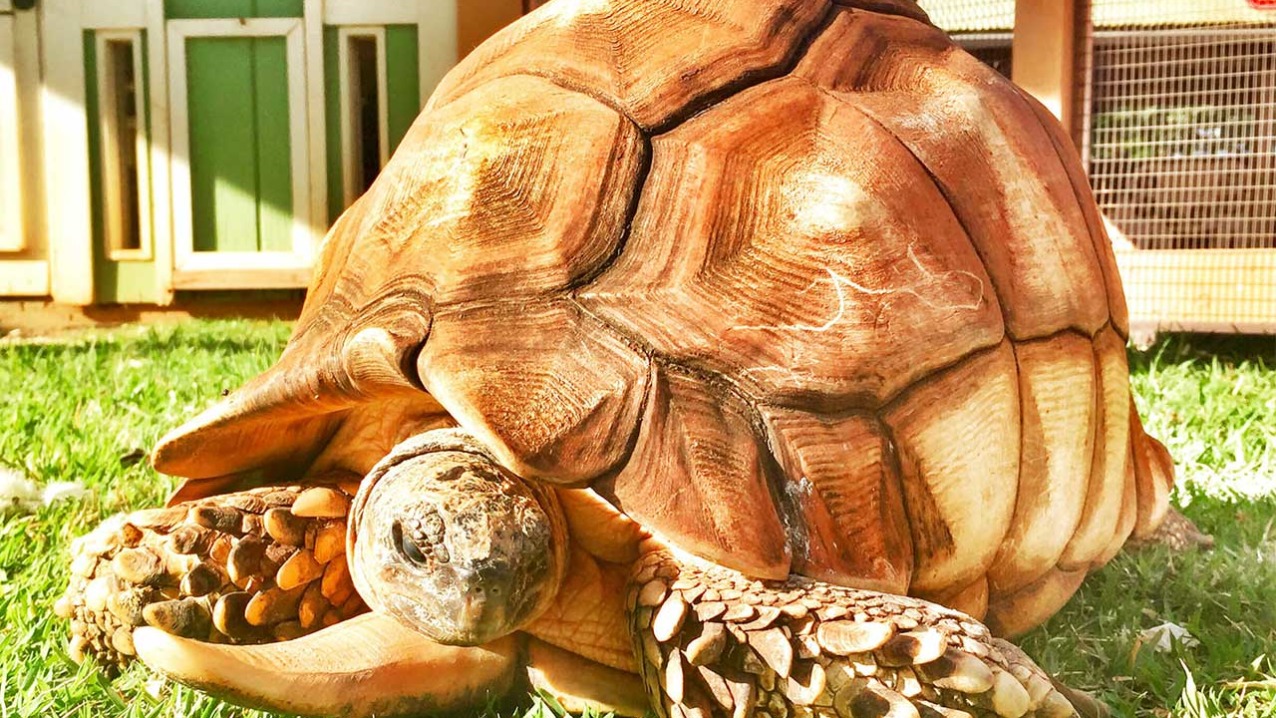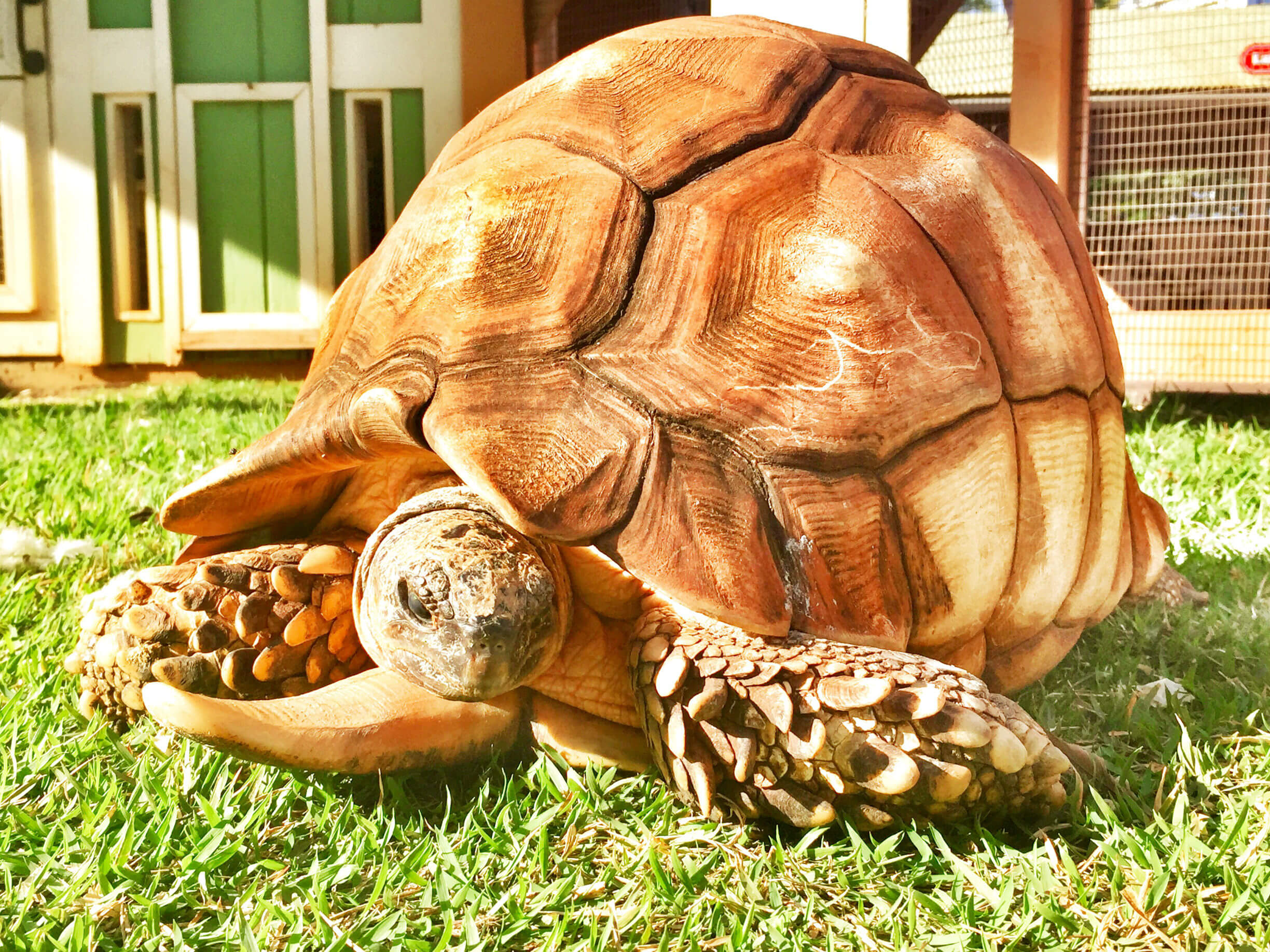astrochelys yniphora
Angonoka Tortoise
About Me
Scientific Name: Astrochelys yniphora
Description
The angonoka tortoise is one of the most endangered tortoises in the world, with a population of about 100 animals.
Fun Facts
Males larger than females. Pronounced concavity in posterior region of plastron and distinct outward flaring of rear marginals. Enlarged epiplastron.
Similar to that of Geochelone radiata. Males engage in combat; use their gular scute to ram, push, and occasionally overturn each other.
Kingdom: Animalia
Phylum: Chordata
Class: Reptilia
Order: Testudines
Carapace to 17 inches, highly arched.
Carapace uniformly light brown with darker wedges on costal scutes. Gular scute single, elongate, rounded anteriorly, curved up toward the neck, beak-like. Radiated markings poorly developed; instead with rhomboidal pale brown areas against a dark background. Median anterior hornlike plastral projection.
Males larger than females. Pronounced concavity in posterior region of plastron and distinct outward flaring of rear marginals. Enlarged epiplastron.
Herbivorous, Forages during morning and late afternoon.
The angonoka tortoise is one of the most endangered tortoises in the world, with a population of about 100 animals.
Baly Bay and Cape Sada Peninsula on Northwest coast of Madagascar. In hot- tropical, semi-humid zone, with xeric, mixed scrub/bamboo secondary growth. Live in “islands” of xeric scrub forest in exposed rocky or coastal areas or in savannah grassland. Favor mixed habitats with open herbaceous zones for foraging and dense thickets for protection and cover.
Inactive during cool, dry season (May to October). Does not dig burrows. Seeks protection in thickets and seeks shelter in surface litter. Forages during morning and late afternoon.
Similar to that of Geochelone radiata. Males engage in combat; use their gular scute to ram, push, and occasionally overturn each other. Courtship and mating occurs October to February, peaking in November and December.
Begins with sniffing, although trailing and circling may be initiated by the male without initial sniffing. Male circles female 5 to 3O times; he may bump her as he passes in front. Males may or may not bite head and forelimbs of female. Rams and pushes female and pushes his enlarged epiplastron under female’s carapace into soft parts (legs or head socket). Then he hooks (lifts) female, which frequently leads to overturning. Female extends her rear legs to elevate posterior shell, “presenting”. Vocalizations consist of a series of single, unbroken calls.
In cases where female was uncooperative, intervention by keepers in the form of spraying female with fine water spray usually resulted in her “presenting”.
Dig flask-shaped nests in moist soil. Hole depth averages 4.3 inches (I 1. I cm), range 3.9″to5.4″(10-13.6cm). Basal width averages 4.5 inches(11.6cm), range 4.2″ to 5″(10.8-12.7 cm). Nesting occurs typically in the late morning. Test holes maybe constructed for a few days before the final site is chosen.
Rear feet are used to position the eggs within the nest cavity. One female observed to seem to keep the eggs as far from each other as possible within the cavity. Eggs are covered with soil and firmly packed. 4 to 5 clutches are laid, one month apart each. Clutch size is 3 to 6 eggs, mean 4.2 eggs. Eggs are white, nearly spherical, 1.65″ to 1.85″ mean diameter (42 to 47 mm) and weigh 1.4 to 1.75 ounces (40.5 to 50g). Incubation 168 to 296 days.
Geochelone yniphora, Ploughshare Tortoise, Plowshare Tortoise, Angulated Tortoise, Angonoka. Lee Durrell, Brian Groombridge, Simon Tonge, and Quentin Bloxam. In The Conservation Biology of Tortoises: Occasional papers of the IUCN Species Survival Commission (SSC) No. 5. Ian R. Swingland, Michael W. Klemens, IUCN/SSC Tortoise and Freshwater Turtle Specialist Group and The Durrell Institute of Conservation and Ecology, Editors. Broadview, Illinois: Kelvyn Press, Inc., 1989.
Captive Husbandry and Conservation of the Madagascar Angulated Tortoise, Geochelone yniphora. J.0. Juvik, D.E. Meier, and S. McKeown. Proceedings of the First International Symposium on Turtles & Tortoises: Conservation and Captive Husbandry, 127-137, 1991. Available online at http://www.tortoise.org/archives/yniphora.html
Angonokas of Ampijoroa. Ellen Goldberg. In The Tortuga Gazette. Vol. 26, Number 3, March 1990.
Observatiotions on the Reproductive Biology of The Land Tortoises Geochelone emys and Geochelone yniphora in the Honolulu Zoo. S. McKeown, J.0. Juvik, and D.E. Meier.
The Ecology and Status of Geochelone yniphora: A Critically Endangered Tortoise in Northwestern Madagascar . J.0. Juvik, A.J. Andrianarivo, and C.P. Blanc.
Encyclopedia of Turtles. Dr. Peter C.H. Pritchard. Neptune, New Jersey: T.F.H. Publications, Inc., 1979.
Composition of Scientific Words. Roland Wilbur Brown. Washington D.C.: Smithsonian Institution Press, 1954.
The Completely Illustrated Atlas of Reptiles and Amphibians for the Terrarium. Fritz Jurgen Obst, Dr. Klaus Richter, and Dr. Udo Jacob. Translated by U.E. Friese. Neptune City, New Jersey: T.F.H. Publication, Inc., 1988.
Other Reptiles
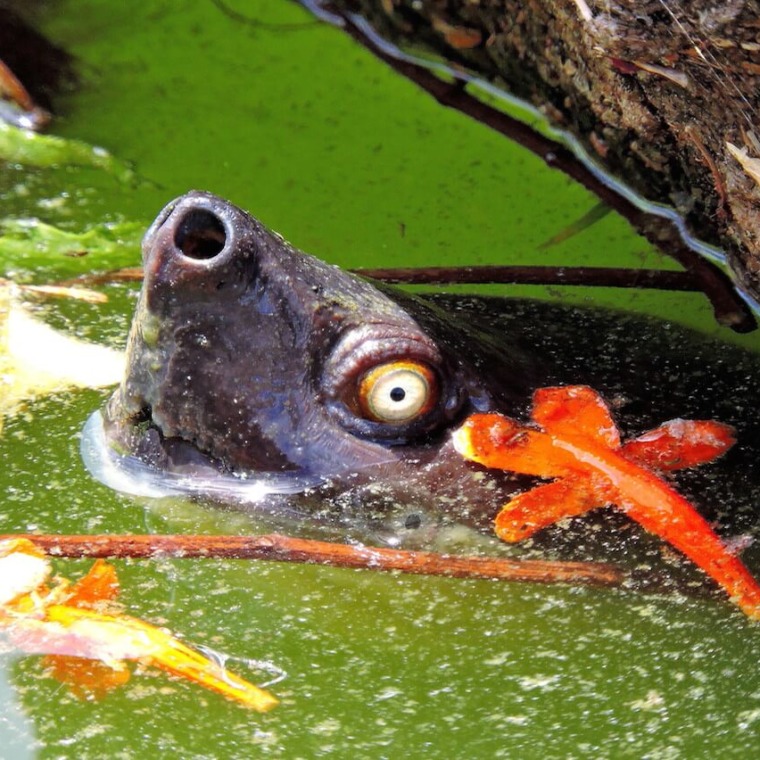
The last populations of Tutong are found in India, Indonesia, Bangaladesh, and Malaysia. It is extinct in its former range of Thailand, Myanmar, Vietnam, and Singapore.
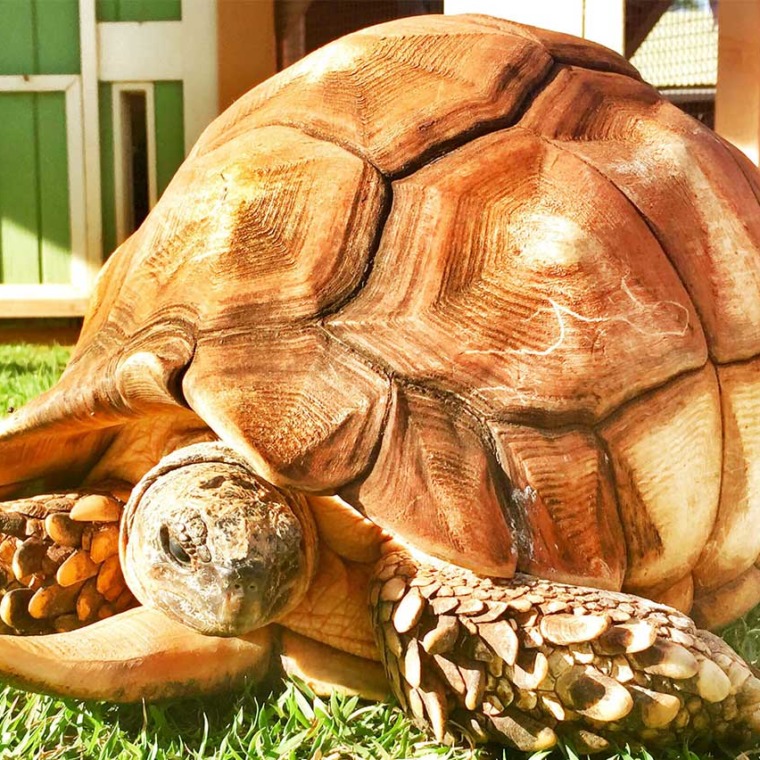
Inactive during cool, dry season (May to October). Does not dig burrows. Seeks protection in thickets and seeks shelter in surface litter. Forages during morning and late afternoon.
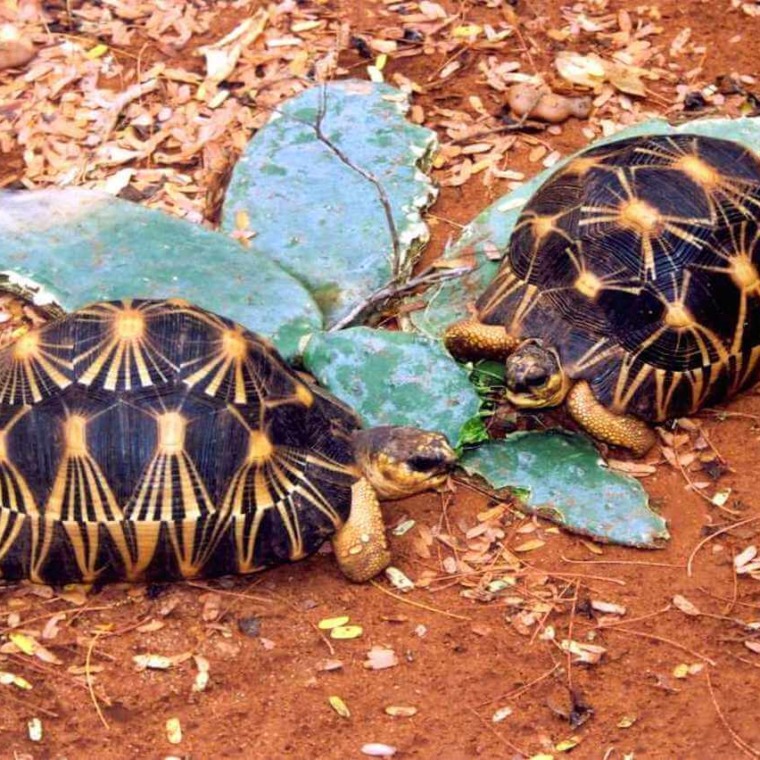
In the wild, this reptile is relegated to the extreme south and south-western portions of Madagascar. In recent times, they have also been introduced to the nearby island of Reunion.
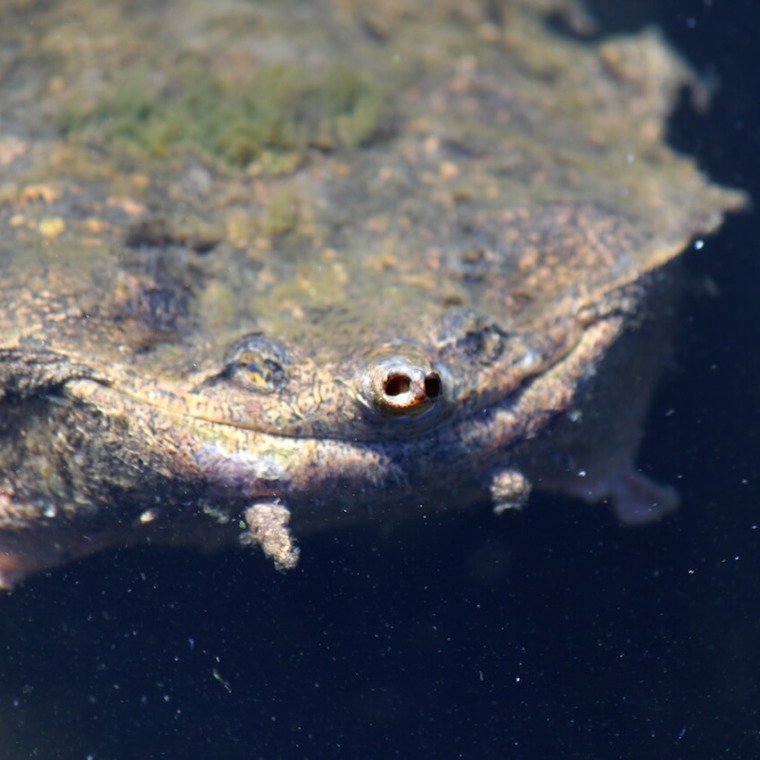
This species inhabits stagnant pools in Brazil and the Guianas and also in parts of the Amazon River and in Trinidad.
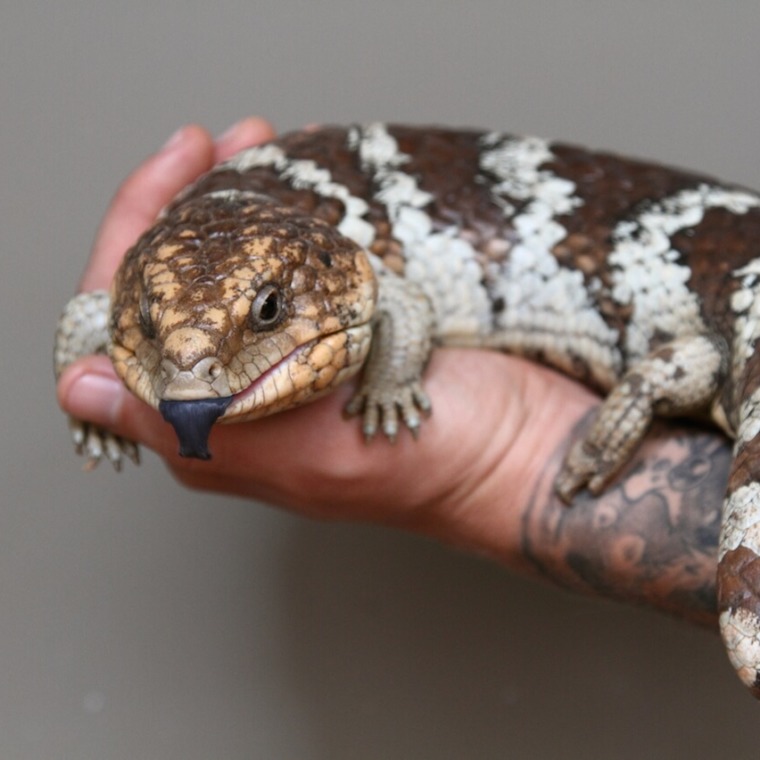
The Shingleback skink is found in southern and western Australia, in desert grassland areas or sandy dunes. Skinks are shy and secretive and seldom stray far from their shelter.


